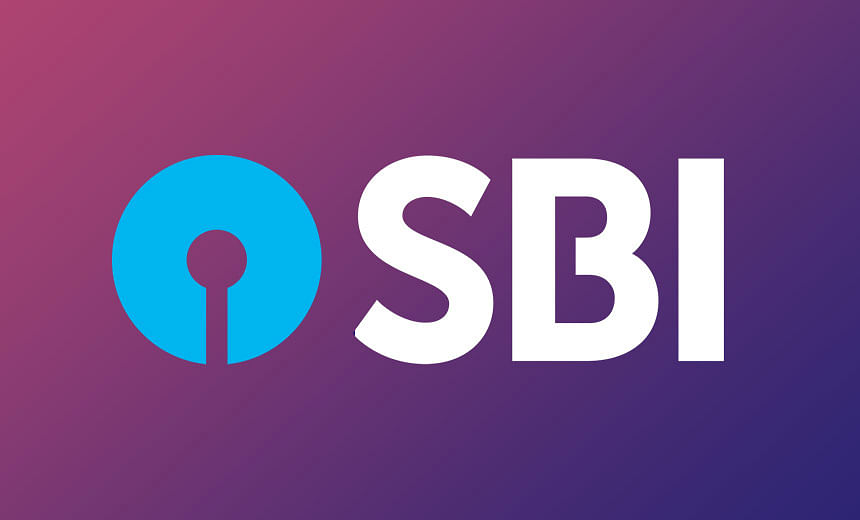
Nearly nine lakh students stand to benefit from a subsidy scheme on educational loans taken before March 31, 2009, according to the interim budget proposals presented by Finance Minister P. Chidambaram Monday.
According to the budget presented in the Lok Sabha, Rs.2,600 crore will be provided in the current fiscal for payment of outstanding interest liability for the period till Dec 31, 2013.
"I have noticed a sense of discrimination among students who had borrowed before March 31, 2009, struggled to pay interest during the period of study, and continued to service the loans afterwards. I think they deserve some relief," the finance minister said in his speech.
He said the interest subsidy scheme was introduced in 2009-10 for education loans disbursed after April 1, 2009, while students who had borrowed prior to that date deserve some relief.
He said the government will take over the liability for outstanding interest till Dec 31, 2013, but the borrower would have to pay interest for the period after Jan 1, 2014.
"A sum of Rs.2,600 crore will be provided in the current financial year itself and this amount will be transferred to the Canara Bank," Chidambaram said.
"It is estimated that nearly nine lakh student borrowers will benefit to the tune of approximately Rs.2,600 crore," he added.
He further said that 10 years ago, only a few thousand students, mostly the well-connected, got education loans.
According to him, the education loan portfolio of nationalised banks as of Dec 31, 2013, stands around Rs.57,700 crore in 2,570,254 accounts.
The minister also announced an allocation of Rs.51,198 crore for the department of school education and literacy, and Rs.16,200 crore for the department of higher education.
A spending of Rs.27,758 crore has been provided for the government's flagship programme, Sarva Shiksha Abhiyan, aimed at universalisation of elementary education, including Rs.2,771.30 crore earmarked for the northeastern region.
Under the interim budget, an outlay of Rs.13,215 crore has been provided for the mid-day meal scheme, which is inclusive of Rs.1,296.50 crore for the northeast and Sikkim.
Additionally, an allocation of Rs.8,579 crore has been made for secondary education and Rs.111 crore for adult education.
The University Grants Commission has been provided Rs.3,905 crore, which is inclusive of allocation for central and deemed universities.
A provision of Rs.2,200 crore has been made for the Rashtriya Uchcha Shiksha Abhiyan, an initiative for higher education in India, and Rs.125 crore for the Indira Gandhi National Open University.
Prashant Bhalla, chancellor of Manav Rachna International University, said the allocation to the education sector, though it has been rising steadily, comprises just three percent of the GDP and needs to be doubled.
"It is also important to ensure that a large portion of the allocation is not left unspent at the end of the financial year," Bhalla said, welcoming the announcement of a moratorium on student loans.
In Chennai, an expert said that with the educational loan portfolio growing and bank officials not managing the scheme as per guidelines, students are put to great difficulty in getting loans, interest subsidy and other things.
"This has resulted in students contacting politicians and political parties. For the political parties, it is easy to demand loan write-off and secure votes during elections. I have been expressing such fears to the top management of various banks," K. Srinivasan, a former banker and convenor of the Educational Loan Task Force (ELTF), told .
The ELTF guides students on rules and regulations governing education loans offered by nationalised banks.
Under the Indian Bank's Association guideline, loan repayment could be made over a 10-15 year period, he said.
"But banks force students to pay within three-five years. With the poor economic situation and lack of employment opportunities, students are not able to pay the huge monthly dues. The banks then classify the accounts as non-performing and give a negative public image about this portfolio," he said.
According to the budget presented in the Lok Sabha, Rs.2,600 crore will be provided in the current fiscal for payment of outstanding interest liability for the period till Dec 31, 2013.
"I have noticed a sense of discrimination among students who had borrowed before March 31, 2009, struggled to pay interest during the period of study, and continued to service the loans afterwards. I think they deserve some relief," the finance minister said in his speech.
He said the interest subsidy scheme was introduced in 2009-10 for education loans disbursed after April 1, 2009, while students who had borrowed prior to that date deserve some relief.
He said the government will take over the liability for outstanding interest till Dec 31, 2013, but the borrower would have to pay interest for the period after Jan 1, 2014.
"A sum of Rs.2,600 crore will be provided in the current financial year itself and this amount will be transferred to the Canara Bank," Chidambaram said.
"It is estimated that nearly nine lakh student borrowers will benefit to the tune of approximately Rs.2,600 crore," he added.
He further said that 10 years ago, only a few thousand students, mostly the well-connected, got education loans.
According to him, the education loan portfolio of nationalised banks as of Dec 31, 2013, stands around Rs.57,700 crore in 2,570,254 accounts.
The minister also announced an allocation of Rs.51,198 crore for the department of school education and literacy, and Rs.16,200 crore for the department of higher education.
A spending of Rs.27,758 crore has been provided for the government's flagship programme, Sarva Shiksha Abhiyan, aimed at universalisation of elementary education, including Rs.2,771.30 crore earmarked for the northeastern region.
Under the interim budget, an outlay of Rs.13,215 crore has been provided for the mid-day meal scheme, which is inclusive of Rs.1,296.50 crore for the northeast and Sikkim.
Additionally, an allocation of Rs.8,579 crore has been made for secondary education and Rs.111 crore for adult education.
The University Grants Commission has been provided Rs.3,905 crore, which is inclusive of allocation for central and deemed universities.
A provision of Rs.2,200 crore has been made for the Rashtriya Uchcha Shiksha Abhiyan, an initiative for higher education in India, and Rs.125 crore for the Indira Gandhi National Open University.
Prashant Bhalla, chancellor of Manav Rachna International University, said the allocation to the education sector, though it has been rising steadily, comprises just three percent of the GDP and needs to be doubled.
"It is also important to ensure that a large portion of the allocation is not left unspent at the end of the financial year," Bhalla said, welcoming the announcement of a moratorium on student loans.
In Chennai, an expert said that with the educational loan portfolio growing and bank officials not managing the scheme as per guidelines, students are put to great difficulty in getting loans, interest subsidy and other things.
"This has resulted in students contacting politicians and political parties. For the political parties, it is easy to demand loan write-off and secure votes during elections. I have been expressing such fears to the top management of various banks," K. Srinivasan, a former banker and convenor of the Educational Loan Task Force (ELTF), told .
The ELTF guides students on rules and regulations governing education loans offered by nationalised banks.
Under the Indian Bank's Association guideline, loan repayment could be made over a 10-15 year period, he said.
"But banks force students to pay within three-five years. With the poor economic situation and lack of employment opportunities, students are not able to pay the huge monthly dues. The banks then classify the accounts as non-performing and give a negative public image about this portfolio," he said.








